Iwate
The UNESCO World Heritage Site of Chuson-ji Temple in Hiraizumi, beautiful Jodogahama Beach on the Sanriku Coast, delightful boat tours along Geibikei Gorge, unique rock formations of Genbikei Gorge, Ryusendo’s mystic lake with unique Dragon Blue waters and a wide range of hot spring experiences and winter activities
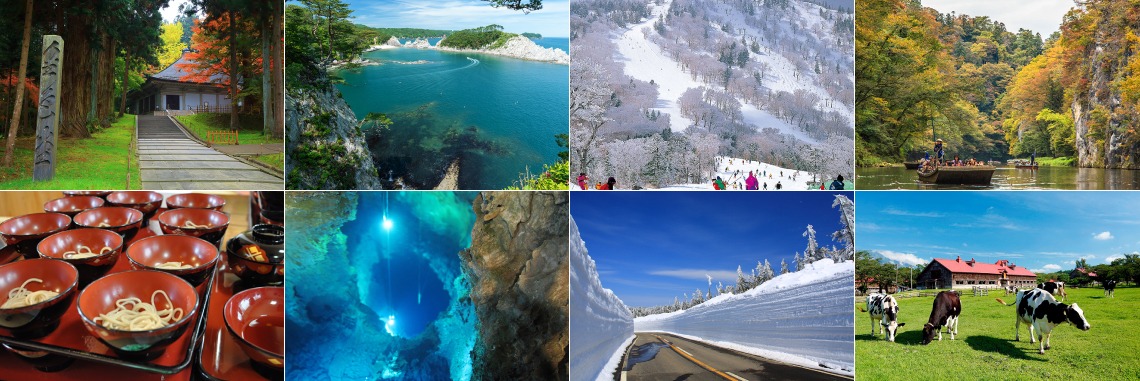
Iwate’s beautiful natural wonders
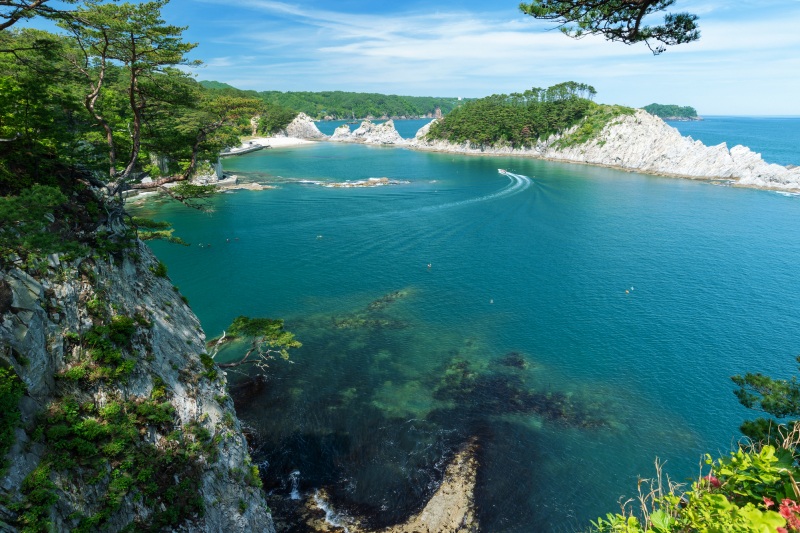
Jodogahama Beach
Jodogahama Beach in the Sanriku Geopark is located within the Sanriku Fukko National Park and is officially recognised as a place of scenic beauty. The beach sits on a peaceful inlet formed by volcanic white rocks and pebbles and contrasts beautifully with the surrounding green pine grove, reminding visitors of the beauty of traditional Japanese rock gardens. Legend has it that a Buddhist priest who once visited compared the beach’s beauty to Buddha’s Paradise giving rise to the name Jodogahama (Buddha’s Paradise Beach).
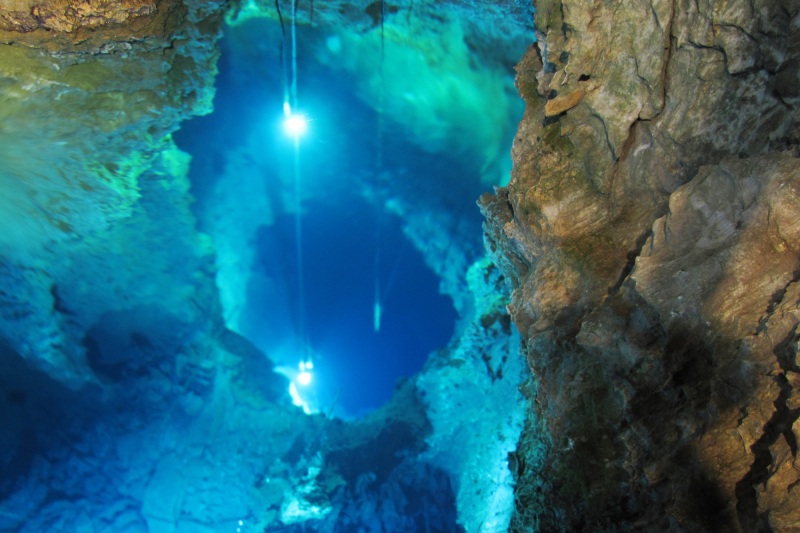
Ryusendo Limestone Cave
Ryusendo is one of Japan’s three greatest limestone caves along with Akiyoshido in Yamaguchi and Ryugado in Kochi. The cave and its residents, a number of rare species of bats, are designated a national natural monument. While exploring the high narrow vaulted path of “Hyakken Roka” (long corridor) and the slightly wider space known as “Gekkyuden” (moon palace), visitors can observe the many spectacular stalactites of the cave. The cave’s highlights are the mystically illuminated underground lakes with their uniquely-coloured water known as Dragon Blue. There are several viewing locations along the path and visitors can enjoy viewing the amazingly clear blue water from both close to the surface and high above.
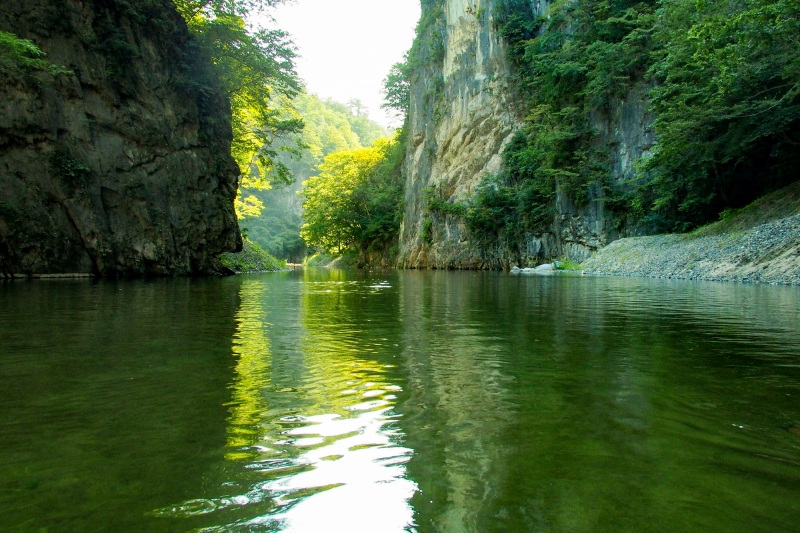
Geibikei Gorge
Geibikei Gorge is an officially recognised national natural monument and is listed as one of the 100 greatest landscapes of Japan. A 2km stretch of limestone cliffs rises over 50m on either side of the Satetsu River.
River tours are available through the gorge guided by boatmen propelling their boats with bamboo poles, an experience unique in all of Japan. The boatmen’s traditional singing harmonises beautifully with murmuring streams and adds a particular charm to the tour.
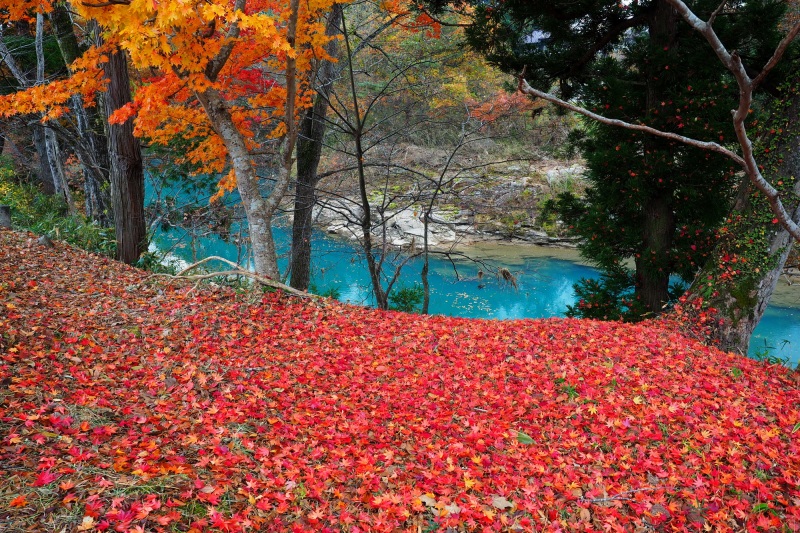
Genbikei Gorge
Genbikei Gorge is a beautiful 2km stretch of gorge along the Iwai River flowing from Mount Kurikoma. Visitors can enjoy the dynamic views of the waterfalls and unique rock formations created by the river’s erosion as they stroll along the riverside.
A 30-minute walking path along the slowly flowing river gives visitors a sense of the tranquil scenery of the emerald green water and its murmuring streams.
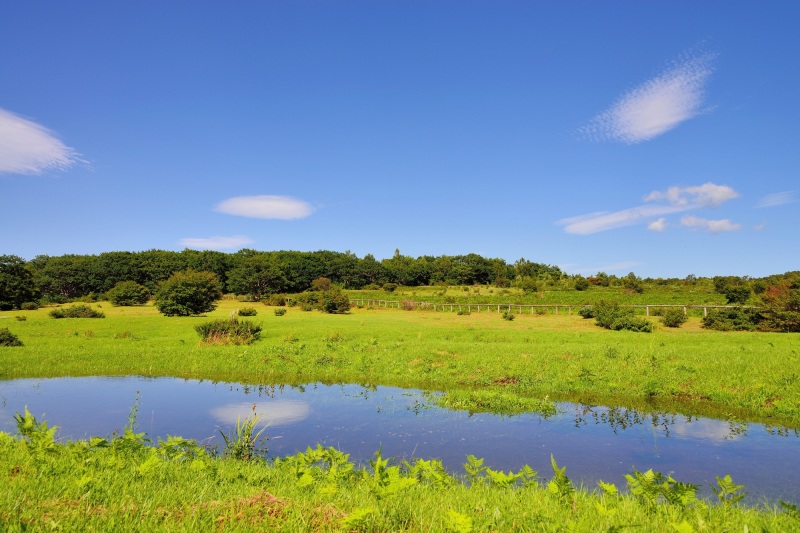
Appi Kogen
Appi Kogen is a 2,000-hectare stretch of highlands 800m to 900m above sea level. The highlands are home to a grove of white birches, grasslands and primeval forests of beeches and golden birches as well as a ski resort lined with chic hotels modelled on European ski resorts.
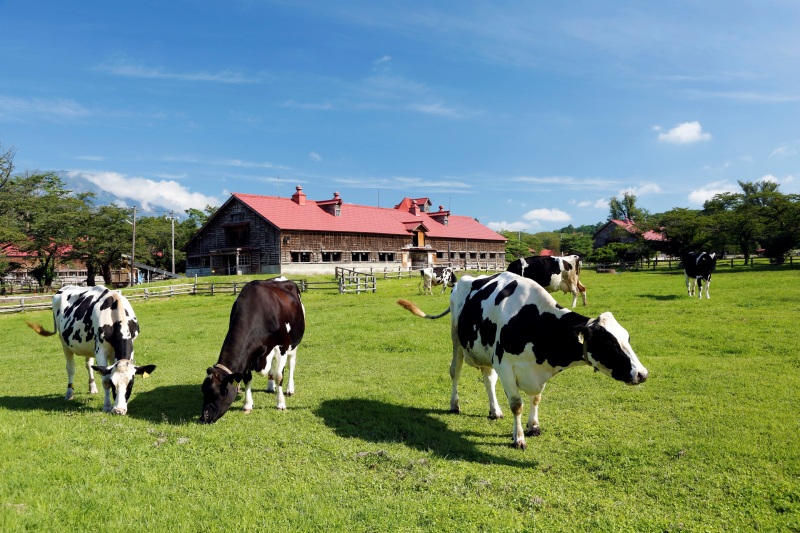
Koiwai Farm
With a history stretching back over 120 years, Koiwai Farm is an important local landmark with part of its vast 3,000-hectare grounds, known as “Makiba-en”, open to the public. Visitors can enjoy the gorgeous natural surroundings, learn about the production of a range of dairy products and visit some of the 21 buildings on the farm designated Important Cultural Properties.
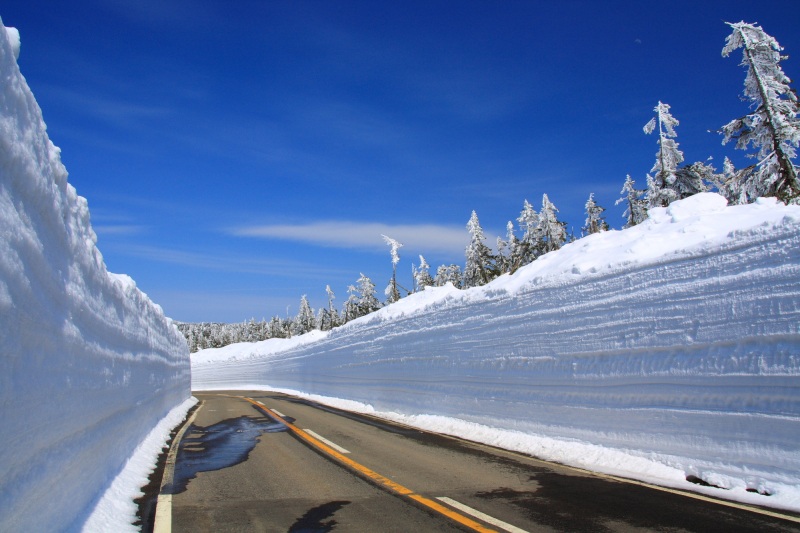
Hachimantai Aspite Line / Snow Corridor
The Hachimantai Aspite Line is a 27km driving route traversing Mount Hachimantai from the Gozaisho Wetlands to Toroko Onsen. The driving route is closed during winter (early November to mid-April) after which it is lined by snow walls, known as the Snow Corridor, formed by snowploughs cutting through the deep snow drifts.
Iwate’s history, culture and festivals
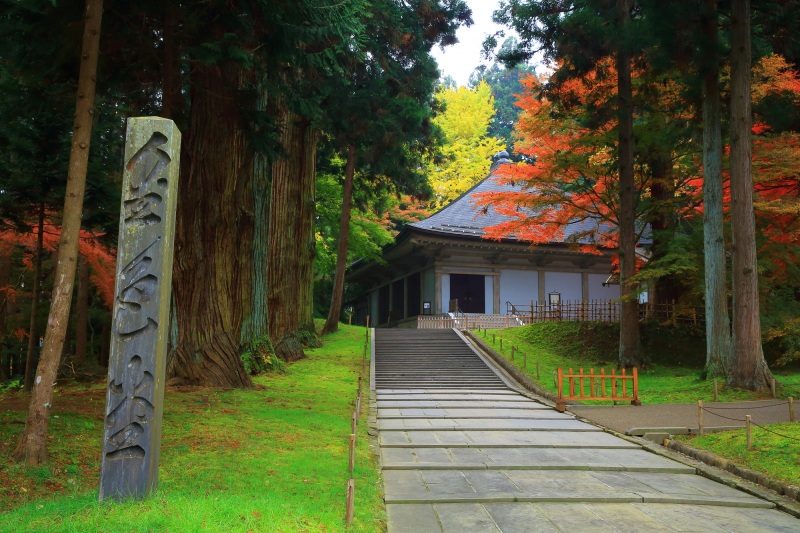
Chuson-ji Temple
Chuson-ji Temple in Hiraizumi was designated a UNESCO World Heritage Site in 2011 as an important location of Pure Land Buddhism. Along with the renowned golden hall “Konjikido”, the temple offers many highlights including Benkeido Hall, Yakushido Hall and Hondo (Main) Hall.
The great priest Ennin originally founded Chuson-ji Temple in 850. From the early 12th century the founder of the Oshu Fujiwara clan, Kiyohira, began construction of the temple complex with halls and pagodas calling for peace through the teachings of Buddha. Kiyohira undertook the construction to honour the family he lost during the local wars of the period.
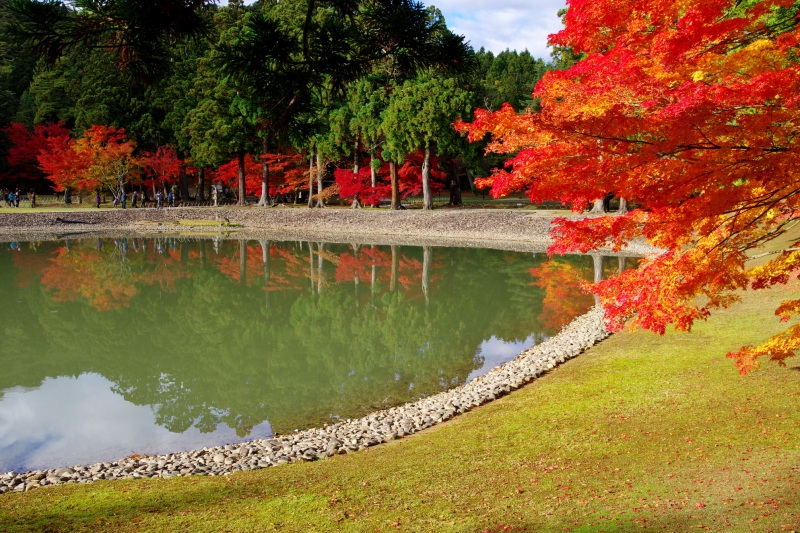
Motsuji Temple
Motsuji Temple is a designated UNESCO World Cultural Heritage Site along with nearby Chusonji Temple in Hiraizumi. The beautiful Japanese garden and ancient religious buildings are officially recognised both as a historic site and as a place of exceptional scenic beauty.
The priest Ennin originally founded the temple and the construction of the temple complex was done during the 2nd and 3rd generations of Oshu Fujiwara clan.
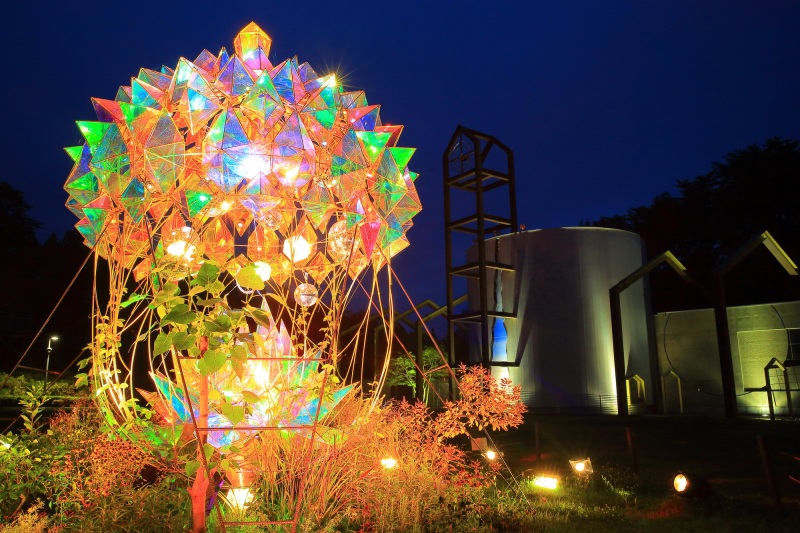
Miyazawa Kenji Fairytale Village
The Miyazawa Kenji Fairy Tale Village gives visitors the opportunity to enjoy hands-on learning about the fantasy worlds of Kenji Miyazawa. Pass through the Milky Way Station gate at the village entrance and step into the world of Kenji Miyazawa!
Kenji no Gakko (Kenji’s school) consists of five rooms, the Fantasy Hall, Uchu (universe), Tenku (sky), Daichi (earth) and Mizu (water). A particular highlight is the world of bugs and plants seen from an ant’s point of view of in the Daichi room.
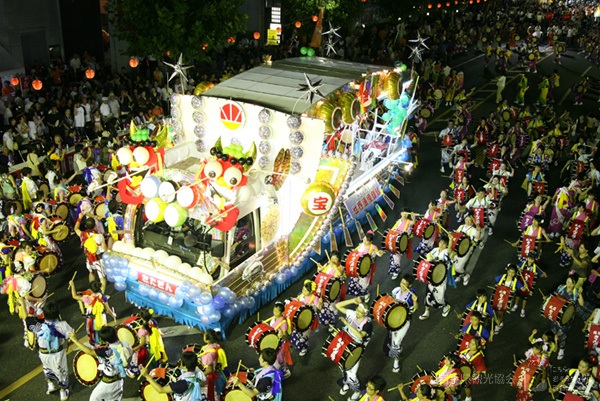
Morioka Sansa Odori Festival
A traditional group of vibrant dancers and members of the public parade through the streets of Morioka to the dynamic rhythms of Taiko drumming and shouts of “Sakkora Choiwayasse!”(Bring us happiness!) The highlight is the parade of 10,000 Taiko drummers on the last day of the festival held from 1 to 4 August each year.
Onsens in Iwate
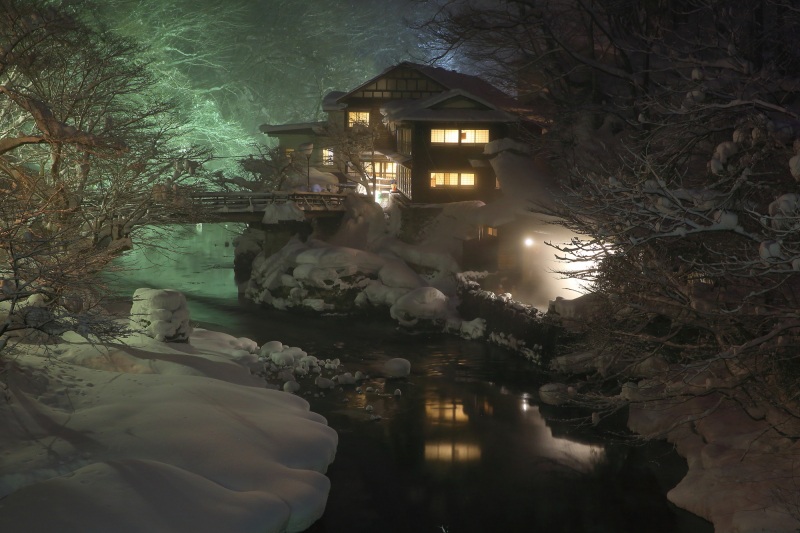
Hanamaki Onsenkyo
Hanamaki Onsenkyo consists of 12 hot springs allowing visitors to enjoy a variety of hot spring waters. From open-air baths facing mountain streams to hidden inns nestled along the river gorge, each hot spring has its own character and a range of accommodation options are available. Dai Onsen has a calm and nostalgic atmosphere, while Osawa Onsen has a rich history and open-air baths with breath-taking views. Onsen hopping is the perfect way to compare and find your favourite one!
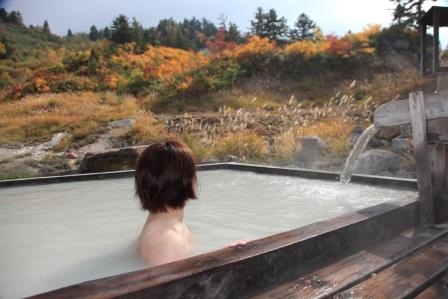
Hachimantai Onsenkyo
Mount Hachimantai is a mountainous plateau rising 1,613m above sea level stretching over Iwate and Akita prefectures. Thanks to its volcanic nature, Hachimantai Onsenkyo is home to a range of excellent hot springs including Tamagawa Onsen, Goshogake Onsen, Fukenoyu Onsen, Obuka Onsen and Onuma Onsen in Akita and Toshichi Onsen in Iwate.Toshichi Onsen at the highest point of Tohoku offers an open-air bath with stunning panoramic views of the natural surroundings as well as the chance to have a fantastic soak under the starry night sky.
Iwate’s culinary highlights
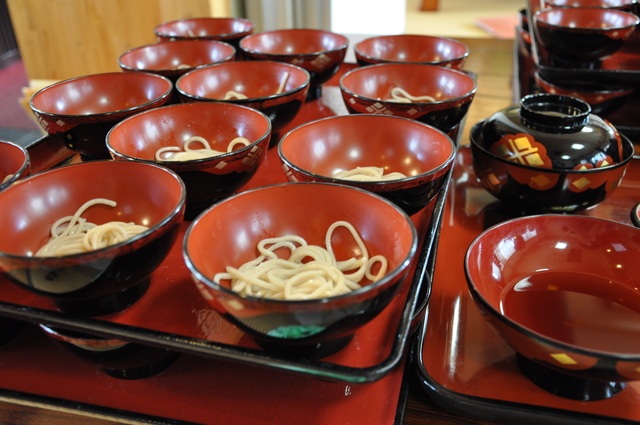
The Three Great Noodles of Morioka (Wanko Soba, Morioka Reimen and Morioka Jajamen)
Wanko Soba is a small bowl of buckwheat noodles served in an all-you-can-eat style and repeatedly topped-up by waitresses cheering customers with chants of “Hai jan jan! Hai don don!” Morioka Reimen consists of chewy cold noodles in a rich beef broth while Morioka Jajamen is a dish of flat noodles topped with spicy meat sauce, finely shredded cucumber and grated ginger to be mixed before eating. These noodle dishes are known as the Three Great Noodles of Morioka.
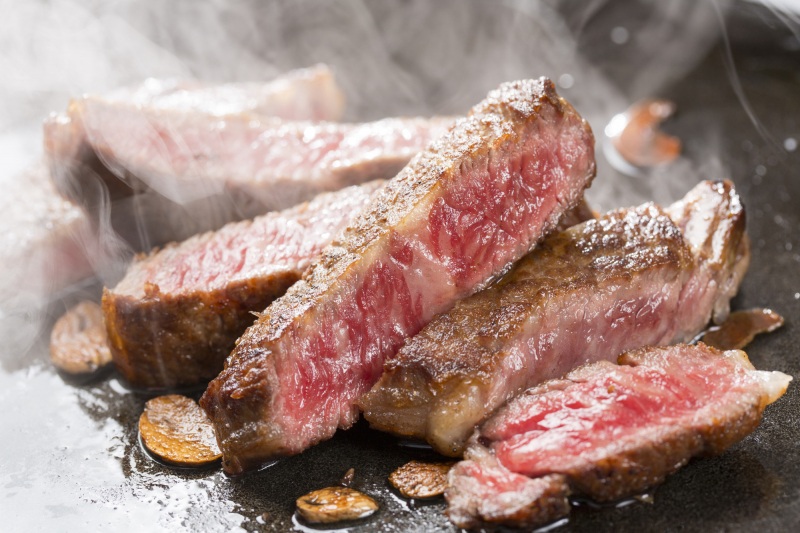
Maezawa beef and Iwate Tankaku beef
The famous Maezawa beef is produced from local cattle which are fed with rice straw grown in Iwate, one of Japan’s finest rice producing areas. Beautiful Shimofuri (marbled) cuts of the beef are full of flavour and melt in the mouth. Iwate is also the largest producer of Tankaku beef in Japan. The flavoursome and healthy Akami (lean) cuts of Iwate Tankaku beef have a chewy but succulently tender texture.